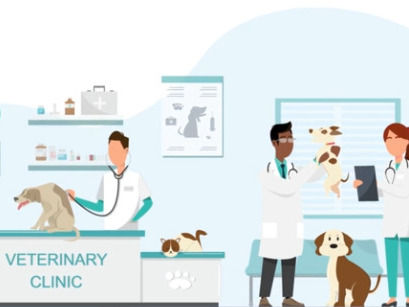Rensselaer receives more than $2 million from New York State to fund stem cell research
Advertisement
Two groups of Rensselaer researchers each have received a $1.08 million grant from New York through the state's stem cell research initiative. Both grants will fund research on the growth and development of stem cells and will provide some of the first insights available into the role specific genes and biological molecules play in stem cell function in the human body.
The lead researchers for the grants are Robert Linhardt, the Ann and John H. Broadbent Jr. '59 Senior Constellation Professor of Biocatalysis and Metabolic Engineering, and Russell Ferland, assistant professor of biology.
"This funding announcement couldn't come at a more exciting time in this field," Linhardt said. "President Obama has removed the executive regulations that have controlled stem cell research, which was a welcome step for the scientific community. We are exceptionally fortunate to conduct our research in a state that shows strong support for stem cell research. There is so much pent up demand for funding in this field, New York's initiative will allow us to jump off the blocks well before researchers in most other states."
Linhardt will join Jonathan Dordick, the Howard P. Isermann '42 Professor of Chemical and Biological Engineering and director of the university's Center for Biotechnology and Interdisciplinary Studies, as well as researchers from the University of Georgia, to study the complex web of carbohydrates that surround human stem cells. This sugary coating is known as the glyco niche and supports the growth and specialization of stem cells within the body, according to Linhardt.
"One of the main hurdles to the use of the stem cells in therapeutic applications is that it has proven very difficult to control the state of the cells once they are implanted," Linhardt said. "We want the stem cells to perform the function lost, such as neural stem cells repairing a spinal injury, but we do not want them to become cancerous." Researchers currently hypothesize the niche surrounding the stem cell could control the difference between cure and cancer.
The glyco niche is one aspect of the entire niche or environment that surrounds each stem cell. Understanding exactly what comprises this specific niche could be the key to controlling the development of stem cells in the body and preventing them from maturing into potentially dangerous cell types, Linhardt said.
Linhardt has already determined that the carbohydrate structure surrounding an embryonic stem cell gets much larger and more complex as the cell matures. With this funding, the team will now analyze human embryonic stem cells throughout their growth to map how exactly the structure of the glyco niche changes as they mature. They will then determine if the function of the stem cell can be controlled by simply modifying its surrounding glyco niche using a range of new technologies that delve into molecular level changes that take place within the stem cells as they grow, including a cell-based, high-throughput microarray technology developed in the Dordick lab.
























































